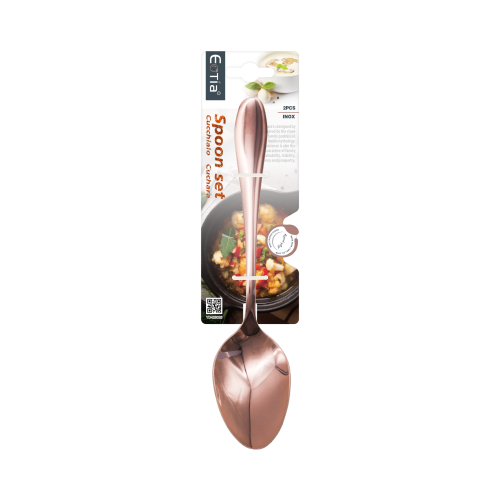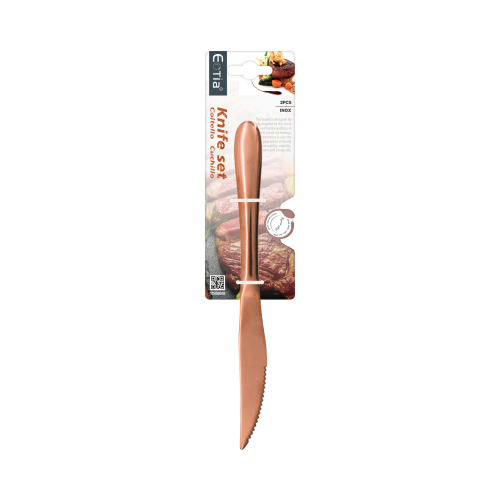In a significant move impacting global trade, the United States has announced a 10% tariff on a wide range of Chinese imports. This decision is expected to have far-reaching implications for international trade dynamics, particularly for exporters and businesses engaged in cross-border commerce between the two nations.
The imposition of these tariffs is likely to increase the cost of Chinese goods in the U.S. market, potentially leading to higher prices for American consumers and businesses that rely on these imports. For Chinese exporters, this could mean a reduction in demand for their products, as well as increased competition from other countries not subject to the same tariffs.
**Strategies for Exporters to Mitigate the Impact**
1. **Diversify Markets:** Exporters should consider diversifying their customer base to reduce dependence on the U.S. market. Exploring opportunities in emerging markets or regions with favorable trade agreements can help mitigate the risks associated with the new tariffs.
2. **Optimize Supply Chains:** Reviewing and optimizing supply chains can help reduce costs. This might involve sourcing materials from countries not affected by the tariffs or finding more cost-effective logistics solutions.
3. **Enhance Product Value:** Adding value to products through innovation, quality improvements, or unique features can help maintain competitiveness despite higher prices. This approach can also open up new market segments less sensitive to price changes.
4. **Leverage Trade Agreements:** Utilizing existing trade agreements or negotiating new ones can provide tariff relief or exemptions. Exporters should stay informed about any potential changes in trade policies that could benefit their business.
5. **Engage in Dialogue:** Maintaining open communication with U.S. customers and partners is crucial. Understanding their concerns and working collaboratively to find solutions can help sustain long-term business relationships.
6. **Monitor Policy Developments:** Staying updated on the latest trade policies and regulations is essential. Exporters should be prepared to adapt their strategies as the situation evolves.
**Conclusion**
The new 10% tariff on Chinese goods by the United States presents challenges for exporters, but also opportunities for those who can adapt quickly and strategically. By diversifying markets, optimizing supply chains, enhancing product value, leveraging trade agreements, engaging in dialogue, and monitoring policy developments, exporters can navigate these turbulent times and continue to thrive in the global marketplace.



